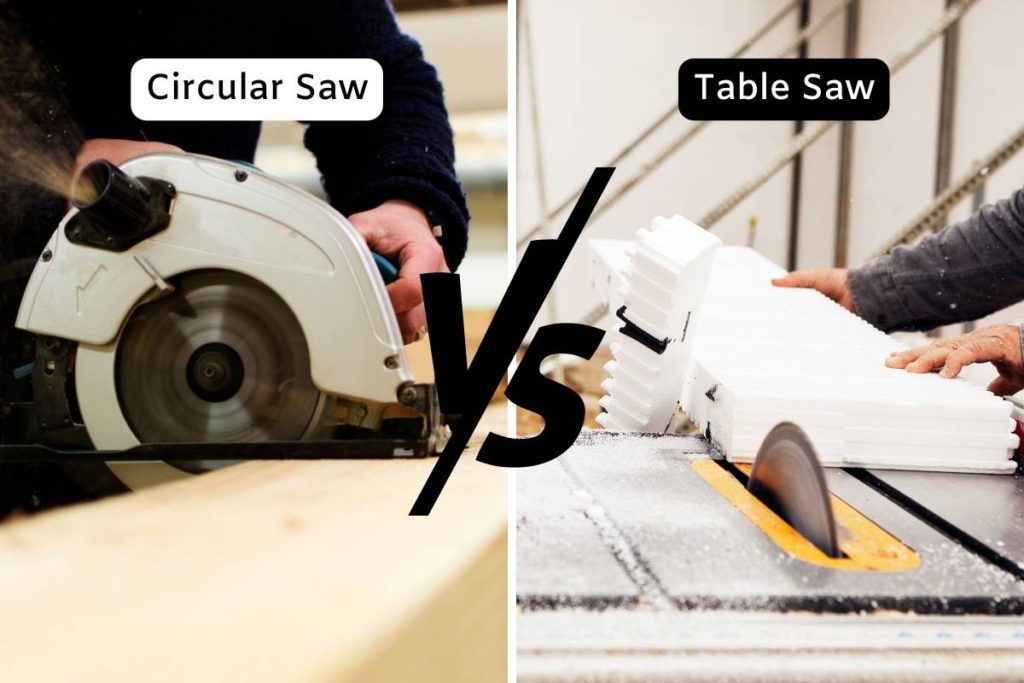Whether you’re a homeowner, a DIY enthusiast, or a budding handyman, having a well-stocked toolbox is the foundation for tackling maintenance tasks, repairs, and creative projects around your space. A basic toolbox equips you with the necessary implements to perform common, everyday fixes, avoiding the need for professional help for simple jobs. This guide will provide you with essential insights into selecting the right tools to create a versatile and reliable collection that can address a multitude of needs, ensuring you’re prepared to handle anything from tightening a loose screw to assembling furniture with confidence and ease.
Essential Hand Tools
Every toolbox should include a set of essential hand tools. These are the basic manual tools that do not require power or batteries to operate and are fundamental for a variety of tasks. For instance, a reliable hammer and set of screwdrivers will enable you to take on everyday tasks such as hanging pictures or assembling furniture. Along with these, ensure you have pliers, a tape measure, a level, and an adjustable wrench which are indispensable for gripping, measuring, and leveling tasks.
Another indispensable set of hand tools consists of utility knives, saws, and chisels. A retractable utility knife is perfect for precision cutting and trimming, while saws can be crucial for woodworking and other projects that require cutting through material. Chisels, with their versatility, are used for carving or cutting wood, often utilized in cabinetry and other detailed woodwork. From M12 stainless steel coach screws to a variety of nails, staples, and adhesives, these hand tools will provide you with the means to tackle a wide range of tasks. It’s essential to invest in high-quality, durable hand tools that will last and provide reliable performance when needed.
Power Tools 101
When you’re ready to level up your toolbox, introducing power tools can give your projects a new dimension of efficiency and capability. A cordless drill is arguably the most important power tool for any DIY enthusiast, providing the ability to drill holes and drive screws with ease. A sander is another valuable addition, ideal for smoothing surfaces and perfecting finishes on your work.
Bear in mind, that power tools require a certain level of safety and operational knowledge. Always read and understand the user manual before operating any power tool, and be sure to use appropriate safety gear, like goggles and hearing protection.
Fasteners and Fixings
No toolbox would be complete without a selection of fasteners and fixings. Screws, nails, bolts, and nuts form the building blocks of many DIY tasks. Each of these fasteners comes in various sizes and lengths, designed for specific materials and types of jobs. For instance, drywall screws are specifically made for fixing plasterboard to wood or metal studding, while masonry nails are designed for use in brick or concrete.
Additionally, having an assortment of wall anchors and picture hangers can be invaluable for tasks like securing shelving or artwork. Wall anchors expand to provide a solid grip in hollow walls where regular nails or screws would fail to hold.
Measuring and Marking Tools
Accuracy is vital in DIY and repair work, making measuring and marking tools crucial components of your toolbox. A high-quality tape measure and a set of metal rulers offer you the precision needed for correct measurements. Combine these with a carpenter’s pencil or fine markers for making clear and precise lines or points on surfaces.
For projects demanding exact alignment or angles, a combination square and a set of spirit levels can be lifesavers. The combination square can check 45 and 90-degree angles and ensure the flatness or squareness of a surface. With various sizes of spirit levels, you can gauge the level and plumb of your projects, adding professionalism to your work.
Safety Gear and Accessories
Prioritizing safety cannot be overstated; it’s essential to include protective gear in your toolbox to safeguard yourself against potential hazards. Basic safety items include a pair of heavy-duty gloves to protect your hands, safety glasses to shield your eyes from debris, and ear protection if you’re using loud power tools.
In addition to protective wear, include a dust mask or respirator, especially when sanding or sawing materials that create fine particles. Keep a first aid kit accessible in case of minor injuries and learn basic first aid to address any mishaps promptly and safely.
Maintenance and Upkeep
Toolbox maintenance is pivotal to ensure your tools remain in top condition. Regularly cleaning your tools after use prevents the build-up of dirt and grime, which can lead to rust or degradation. For hand tools, a simple wipe-down with a damp cloth and drying thoroughly is often sufficient, while some power tools may require more specific care following the manufacturer’s instructions.
Store your tools in a dry place to prevent corrosion, and periodically check them for damage or wear. Sharpen tools like knives, chisels, and saw blades to maintain their effectiveness, and oil any moving parts to keep them functioning smoothly.

In conclusion, building a basic toolbox is not only about acquiring the necessary tools but also understanding their uses and capabilities. With this guide, you now have the knowledge to create a functional and versatile arsenal of tools that will serve you well in your DIY endeavors. Remember to always prioritize safety, maintain your tools, and never stop learning as you continue to build upon your toolbox over time.











